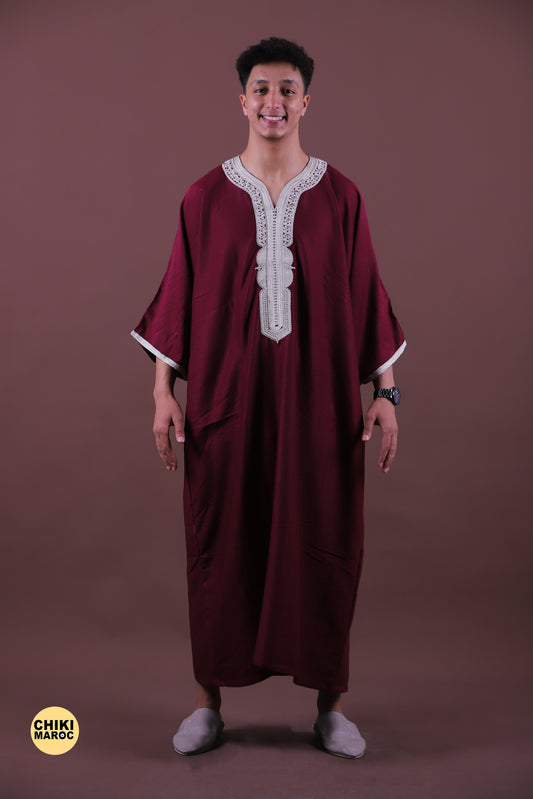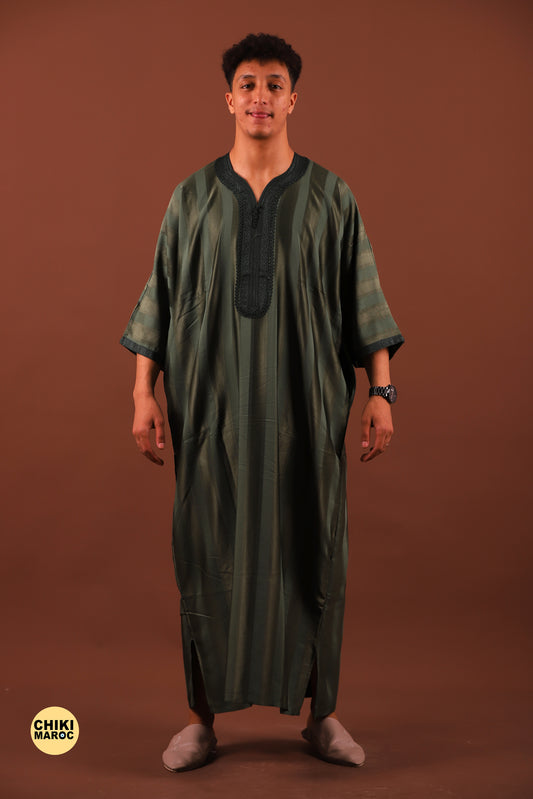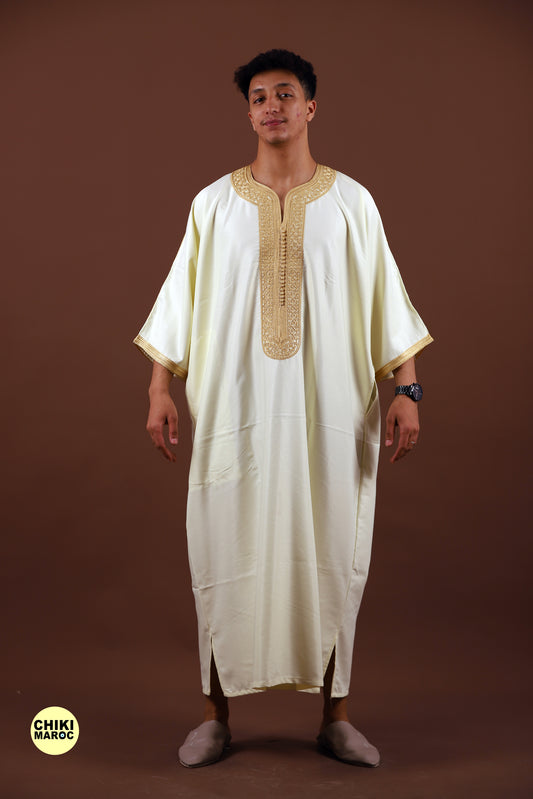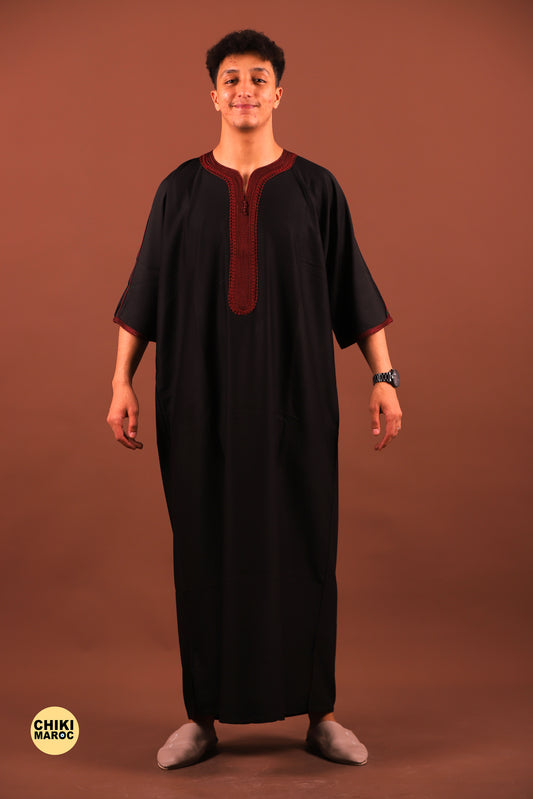The hijab, a traditional headscarf worn by Muslim women, carries significant cultural, religious, and personal symbolism. Its purpose transcends mere fashion, embodying values of modesty, piety, and identity within the Islamic faith. This article delves into the multifaceted purposes behind wearing the hijab, shedding light on its deep-rooted significance.
Symbolism of Modesty and Faith
At its core, the hijab symbolizes modesty and humility as prescribed by Islamic teachings. The Quran, the holy book of Islam, emphasizes the concept of modesty in dress for both men and women. For many Muslim women, wearing the hijab is a visible expression of their commitment to these principles, reflecting a desire to adhere to religious guidelines and uphold personal beliefs.
Spiritual and Religious Fulfillment
Wearing the hijab is often regarded as a spiritual act that strengthens one's connection to God (Allah). It is viewed as a form of worship and obedience to Islamic teachings, fostering a sense of piety and devotion among Muslim women. By covering their hair and concealing their beauty from public view, women who wear the hijab believe they are fulfilling a sacred duty and aligning themselves with the values of their faith.
Cultural Identity and Community
Beyond its religious significance, the hijab plays a crucial role in shaping cultural identity and fostering a sense of belonging within Muslim communities. In many cultures and societies, the hijab is a symbol of cultural heritage and tradition, reflecting local customs and norms regarding modest attire. It serves as a marker of identity, indicating a woman's affiliation with her religious and cultural community.
Empowerment and Agency
Contrary to common misconceptions, many Muslim women view the hijab as a source of empowerment and personal agency. By choosing to wear the hijab, women assert control over their bodies and identities, reclaiming the narrative of modesty on their own terms. For some, wearing the hijab is a form of feminist expression, challenging stereotypes and advocating for the right to dress according to one's religious beliefs without fear of judgment or discrimination.
Countering Stereotypes and Misconceptions
The hijab also serves as a means of countering stereotypes and misconceptions about Muslim women. By visibly identifying themselves as Muslim through the hijab, women aim to challenge negative stereotypes and promote understanding and acceptance within broader society. It serves as a powerful tool for education and dialogue, encouraging conversations about religious diversity, tolerance, and respect for cultural differences.
Conclusion
In conclusion, the purpose of wearing the hijab extends beyond religious observance to encompass values of modesty, identity, empowerment, and cultural heritage. For Muslim women, the hijab represents a deeply personal and meaningful choice, reflecting their commitment to faith, community, and personal integrity. By understanding the multifaceted purposes behind wearing the hijab, we can foster greater empathy, respect, and appreciation for the diverse experiences and beliefs within Muslim communities worldwide.
Embracing diversity and promoting dialogue about religious attire is essential in building inclusive societies where individuals are free to express their identities and beliefs authentically. By recognizing the profound significance of the hijab, we can contribute to a more inclusive and harmonious global community, grounded in mutual respect and understanding.





